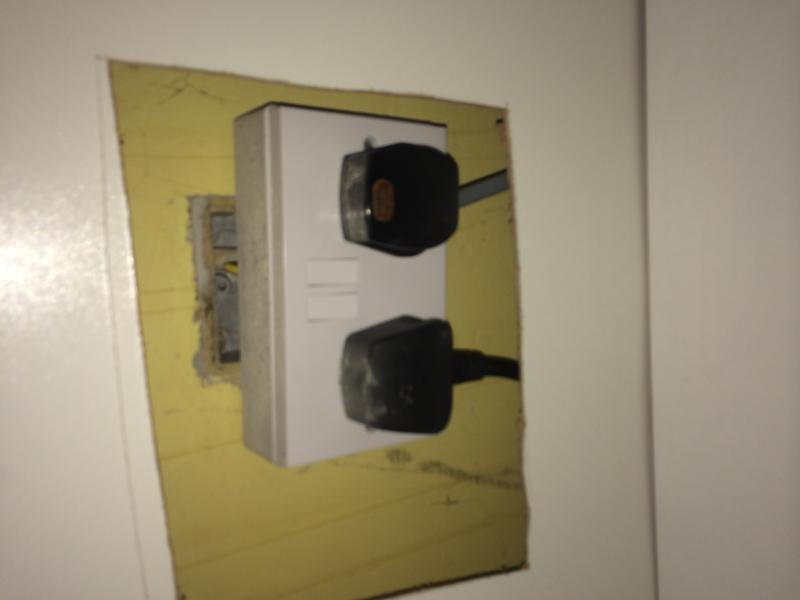Hi,
I have recently moved into a new place and have noticed my hob and oven are connected into a plug behind one of the kitchen units left to the oven about 1.5 foot from the floor.
It looks like a very bad DIY job and I was wondering if I could just get an electrician to recess it back into the wall and leave it where it was or should it be relocated to the counter?
I have recently moved into a new place and have noticed my hob and oven are connected into a plug behind one of the kitchen units left to the oven about 1.5 foot from the floor.
It looks like a very bad DIY job and I was wondering if I could just get an electrician to recess it back into the wall and leave it where it was or should it be relocated to the counter?


